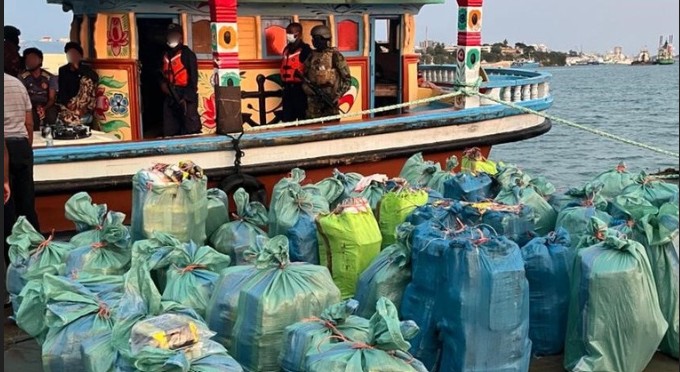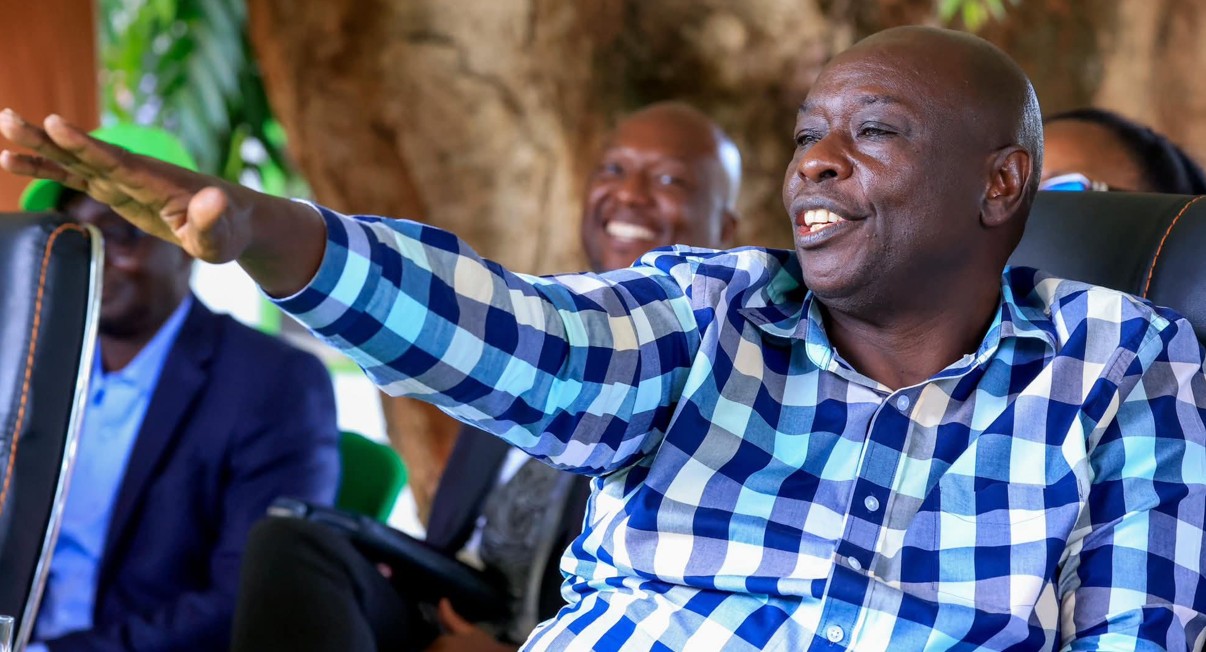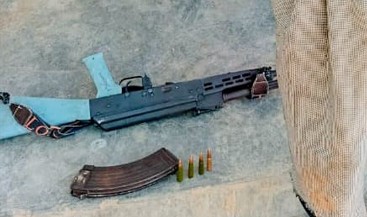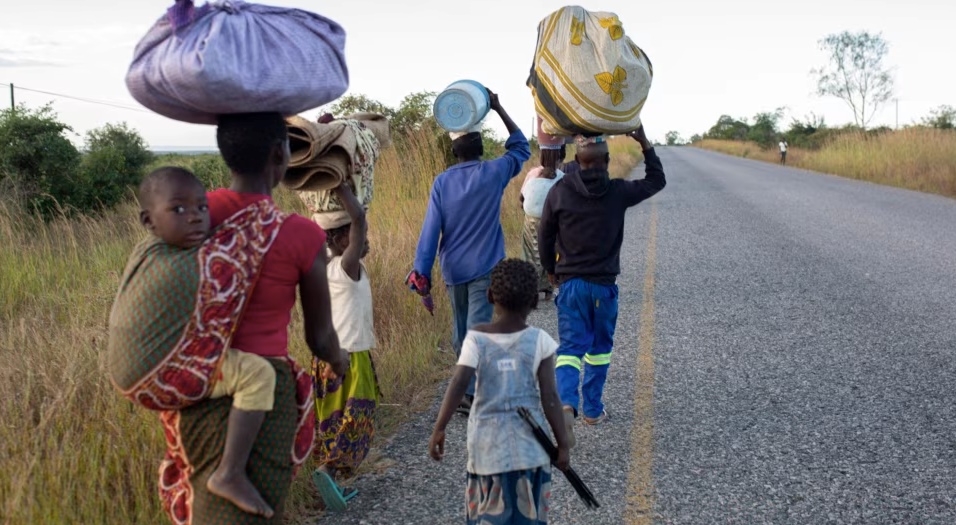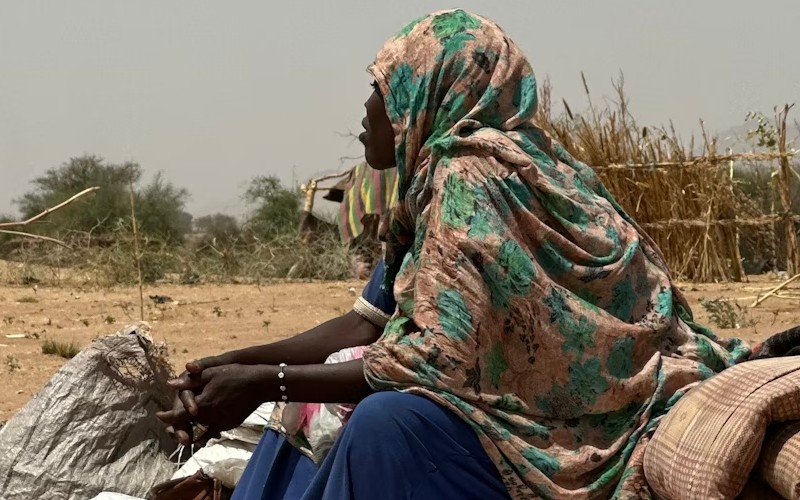Burundi soldiers hand over military base in Jowhar to Somali Forces
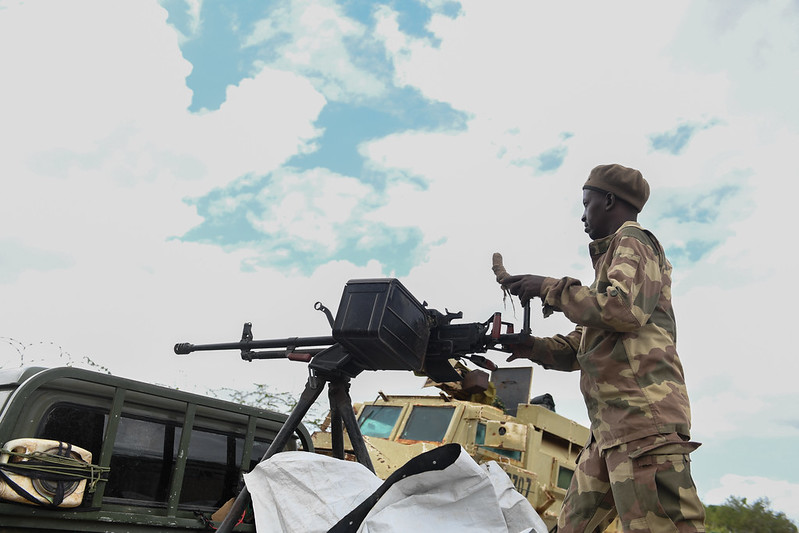
The African Union peacekeeping mission said the transfer of the military facility is according to plans in Phase Three of ATMIS's drawdown efforts, aimed at enhancing local security capacity.
Soldiers from the Burundi National Defense Forces (BNDF), serving under the African Union Mission in Somalia (ATMIS), formally handed over the Horseed Forward Operating Base (FOB) in Jowhar to the Somali Security Forces (SSF) on Thursday.
ATMIS handed over the base in Jowhar Town, along with the presidential palace and parliament, to SNA as part of the phase three drawdown.
More To Read
- Somalia to recruit 100,000 new soldiers in major national army expansion to counter Al-Shabaab
- Egypt inches closer to troop deployment in Somalia amid regional tension
- Somali army seizes armoured vehicle from ex-officer in crackdown on misused military assets
- Somali Army warns against misuse of uniforms following Al-Shabaab attack
- Somalia denies secret deportation deal with Sweden
- Djibouti to deploy more troops to Somalia to counter Al-Shabaab threat
The Somali National Army, with the support of African Union troops in 2012 captured the town of Jowhar, 90 km northwest of the Somali capital, Mogadishu. The joint forces faced little resistance as they entered the town, which had served as a major base for the Al-Shabaab.
The Forward Operating Base (FOB) has in the last decade served as an outpost strategically positioned to facilitate military operations, offer logistical support, and enable communication and control of surrounding areas beyond the main bases of forces.
The African Union peacekeeping mission said the transfer of the military facility is according to plans in Phase Three of ATMIS's drawdown efforts, aimed at enhancing local security capacity.
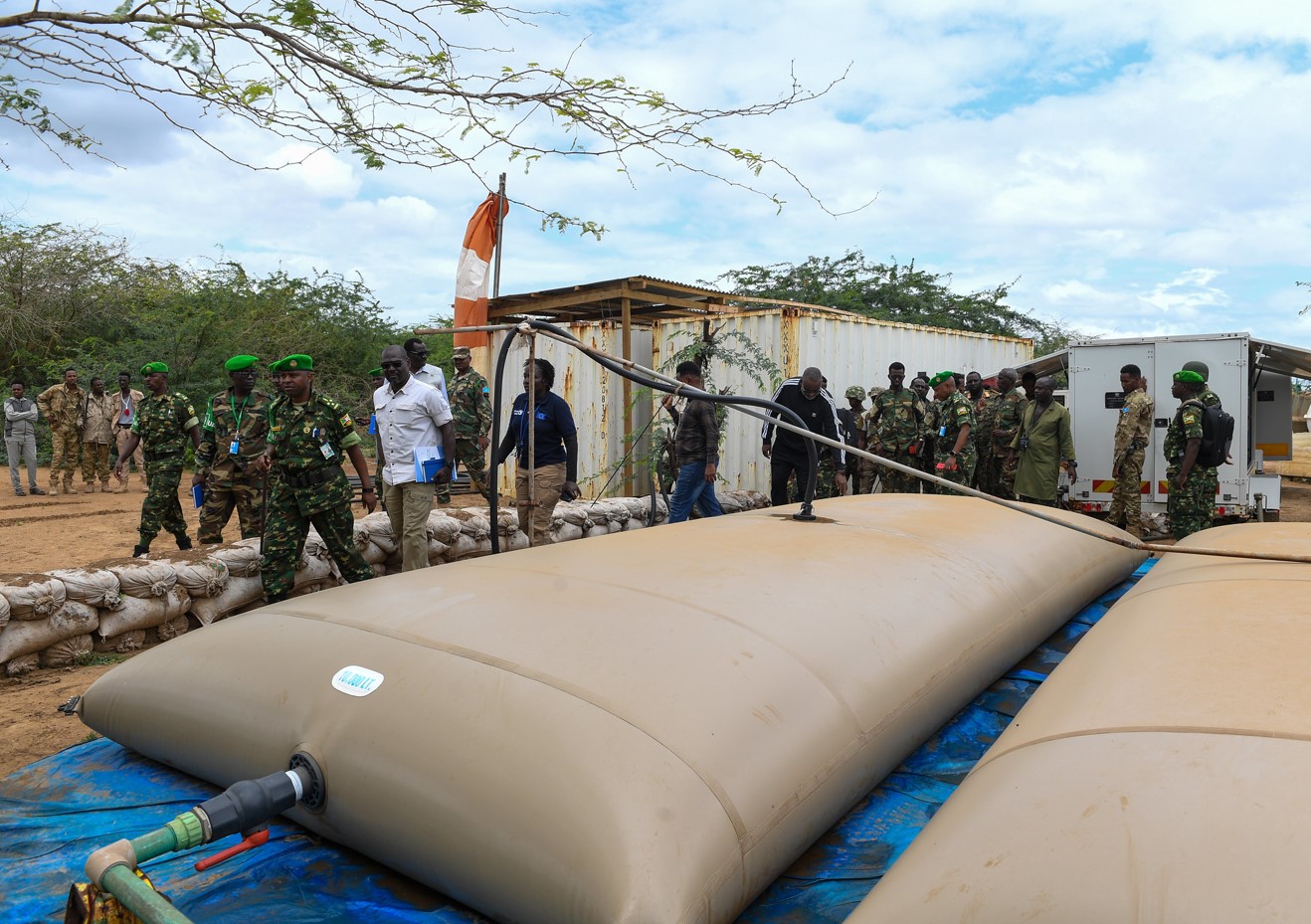 Military officers of the African Union Transition Mission in Somalia (ATMIS) and the Somali National Army (SNA) inspect a water treatment plant handed over to SNA at the Horseed Forward Operating Base (FOB) in Hirshabelle State, south-central Somalia, on 20 June 2024. Photo / Fardosa Hussein
Military officers of the African Union Transition Mission in Somalia (ATMIS) and the Somali National Army (SNA) inspect a water treatment plant handed over to SNA at the Horseed Forward Operating Base (FOB) in Hirshabelle State, south-central Somalia, on 20 June 2024. Photo / Fardosa Hussein
The third phase of the troop drawdown follows the successful completion of the first two phases, finalized in June 2023 and January 2024, respectively. During these phases, AMISOM reduced its troop presence by 5,000 personnel and handed over a total of 17 FOBs in the first phase and 10 in the second phase.
The current phase aims to reduce an additional 4,000 troops by the end of June 2024, further transitioning security responsibilities to the Somali government. The transition is organized into sectors, with each sector representing a specific geographic area in Somalia.
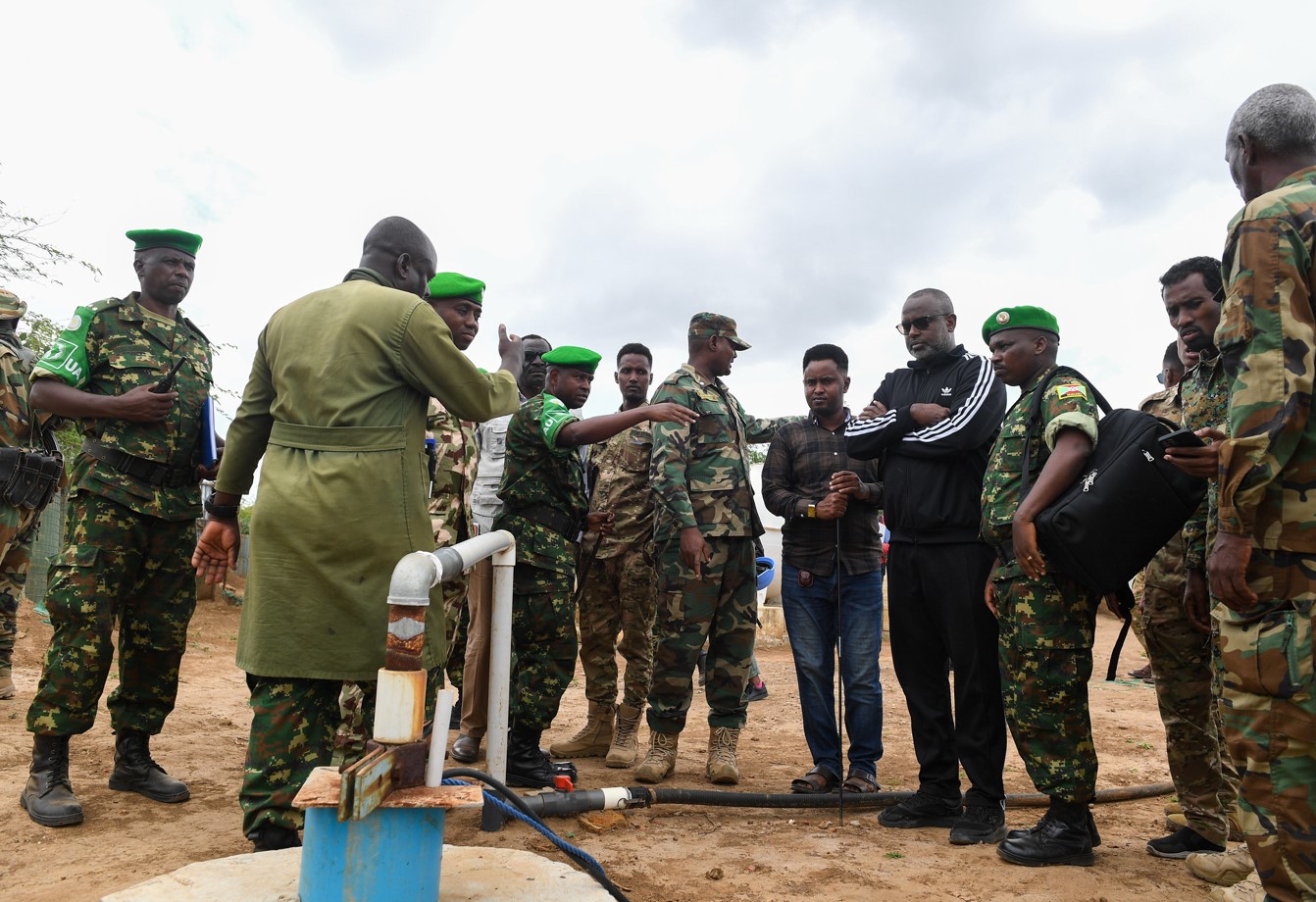 Military officers of the African Union Transition Mission in Somalia (ATMIS) and the Somali National Army (SNA) inspect a water treatment plant handed over to SNA at the Horseed Forward Operating Base (FOB) in Hirshabelle State, south-central Somalia, on 20 June 2024. Photo / Fardosa Hussein
Military officers of the African Union Transition Mission in Somalia (ATMIS) and the Somali National Army (SNA) inspect a water treatment plant handed over to SNA at the Horseed Forward Operating Base (FOB) in Hirshabelle State, south-central Somalia, on 20 June 2024. Photo / Fardosa Hussein
The current military deployment includes troops from Uganda, Burundi, Djibouti, Kenya, and Ethiopia, spread across six sectors in south and central Somalia.
Sector 1 is under Ugandan control, covering Banadir and Lower Shabelle regions. Kenyan forces overseas Sector 2, encompassing Lower and Middle Jubba.
Ethiopian command extends over Sector 3, which includes Bay, Bakool, and Gedo (Sub Sector 3).
Djiboutian forces are responsible for Sector 4, which covers Hiiraan and Galgaduud, while Sector 5, encompassing the Middle Shabelle region, is manned by Burundian forces.
Colonel Suleiman Ibrahim, ATMIS Military Chief Engineer, assured the Somali people that the transition would be seamless and without any security vacuums.
The Burundi contingent is the second largest within the AU Mission to Somalia with 5,432 troops. The country was also the second to deploy troops into Somalia, its first soldiers having arrived in Mogadishu in December 2007.
The contingent is primarily responsible for operations in Sector 3, which covers Bay and Bakool regions but also maintains troops in Sector 1 where they work closely with the Ugandan forces.
Patrick Duah, Chief of the United Nations Support Office in Somalia (UNSOS) Transition Planning Cell, emphasised the crucial logistical and capacity-building support provided throughout the transition process.
He announced that UNSOS had equipped the SSF with essential resources, including generators, water treatment plants, and solar panels, to bolster camp utility and life support capabilities.
Ambassador Mohamed El-Amine Souef, African Union Special Representative for Somalia, reassured the public during a visit to Hirshabelle last week that the withdrawal of ATMIS troops will not create a security vacuum.
"The African Union will not abandon Somalia. The transition will be well-coordinated among Federal Member States, the Federal Government of Somalia, international partners, and the AU," he said.
The Somali Transition Plan, crafted by the government of Somalia, directs the orderly transfer of security responsibilities to the Somali National Security Forces. It aims to promote stability, governance, and development in the Horn of Africa nation after the withdrawal of allowed forces.
 ATMIS Sector Five commander Col. Oscar Hatugimana (left), and SNA commander Middle Shabelle region, Brig. Gen. Ibrahim Yusuf Nuur sign documents during the handover of Horseed Forward Operating Base (FOB) in Hirshabelle State, south-central Somalia, on 20 June 2024. Photo / Fardosa Hussein
ATMIS Sector Five commander Col. Oscar Hatugimana (left), and SNA commander Middle Shabelle region, Brig. Gen. Ibrahim Yusuf Nuur sign documents during the handover of Horseed Forward Operating Base (FOB) in Hirshabelle State, south-central Somalia, on 20 June 2024. Photo / Fardosa Hussein
AMISOM, now known as ATMIS, has been deployed since March 2007 and has played a crucial role in supporting Somali National Security Forces to expel the Al Qaeda-affiliated militant group, Al-Shabaab, from much of southern Somalia, including major towns and cities.
The mission expressed, that it has contributed to creating a more stable environment, which has facilitated the advancement of the Somali peace process following the collapse of the central government and the subsequent Civil War.
Moreover, it illustrates the success of the forces tasked with the empowerment of local populations to establish accountable governance structures, deliver essential services, rebuild the local economy, and integrate with the national economy and government at the State and Federal levels.
Key officials, including ATMIS Sector 5 Commander Colonel Oscar Hatugimana, Hirshabelle State Minister of Finance Abdirahman Ciise Dadow, and Brigadier General Ibrahim Yusuf Nuur, SNA Commander for the Middle Shabelle region, attended the handover ceremony.
Top Stories Today
